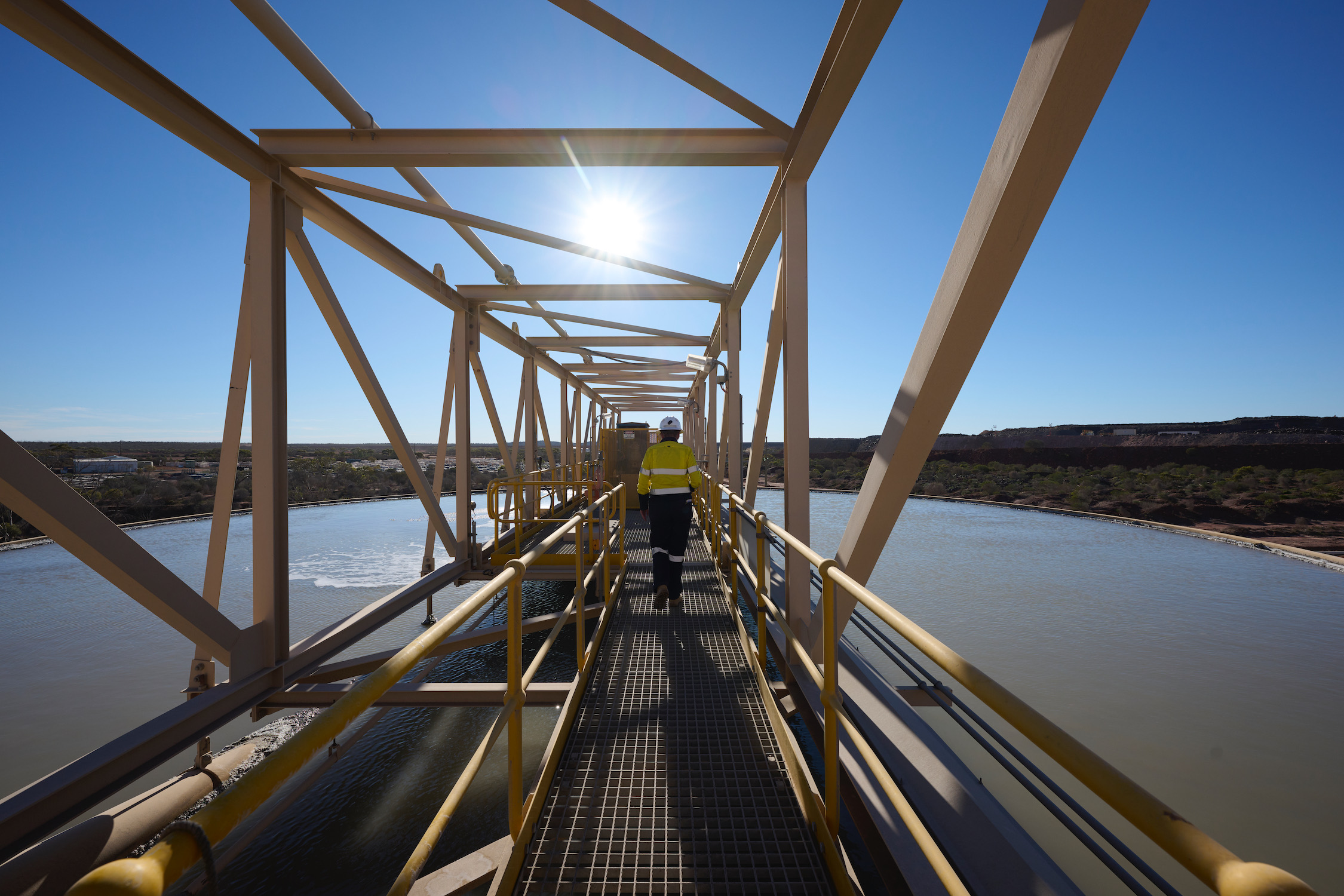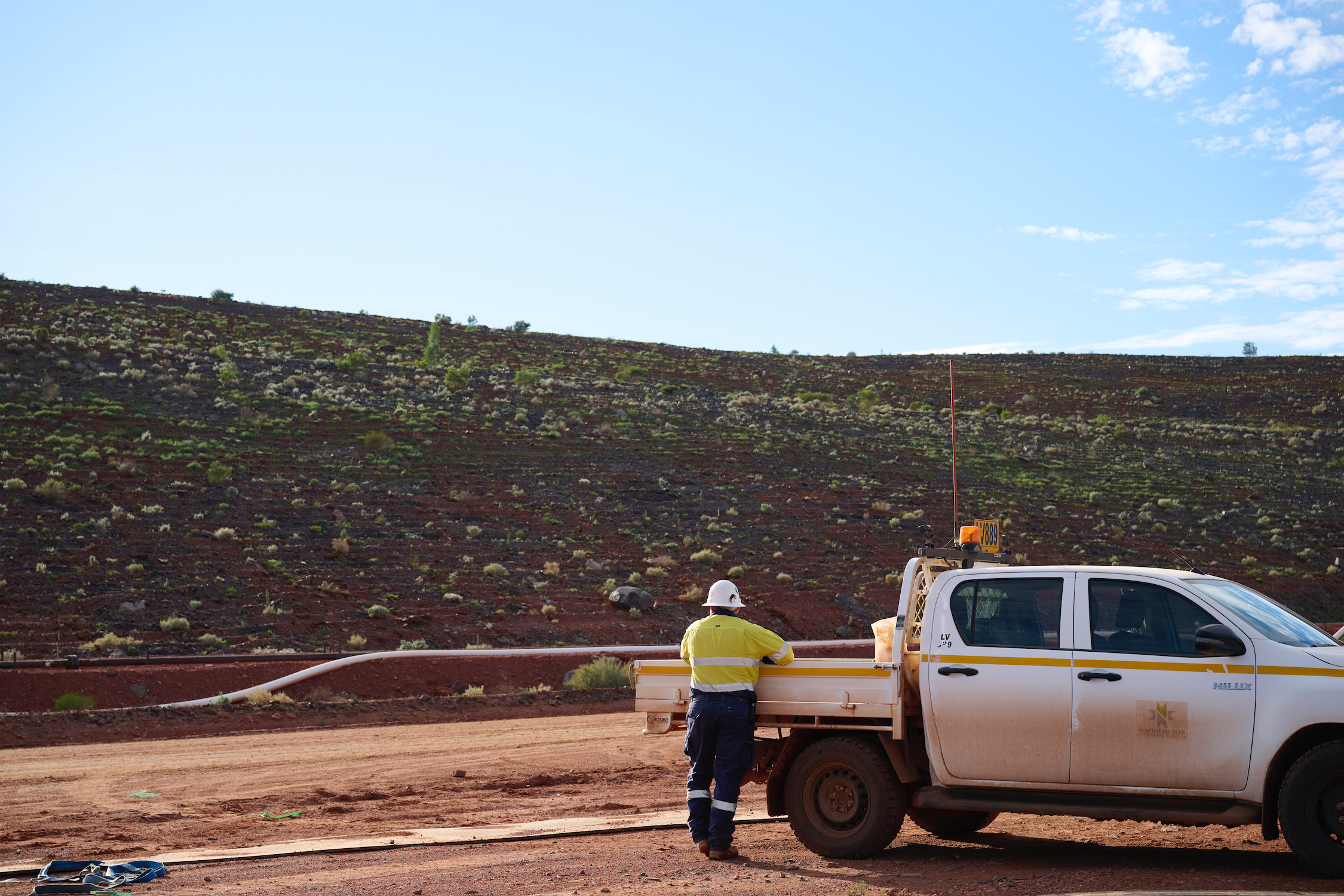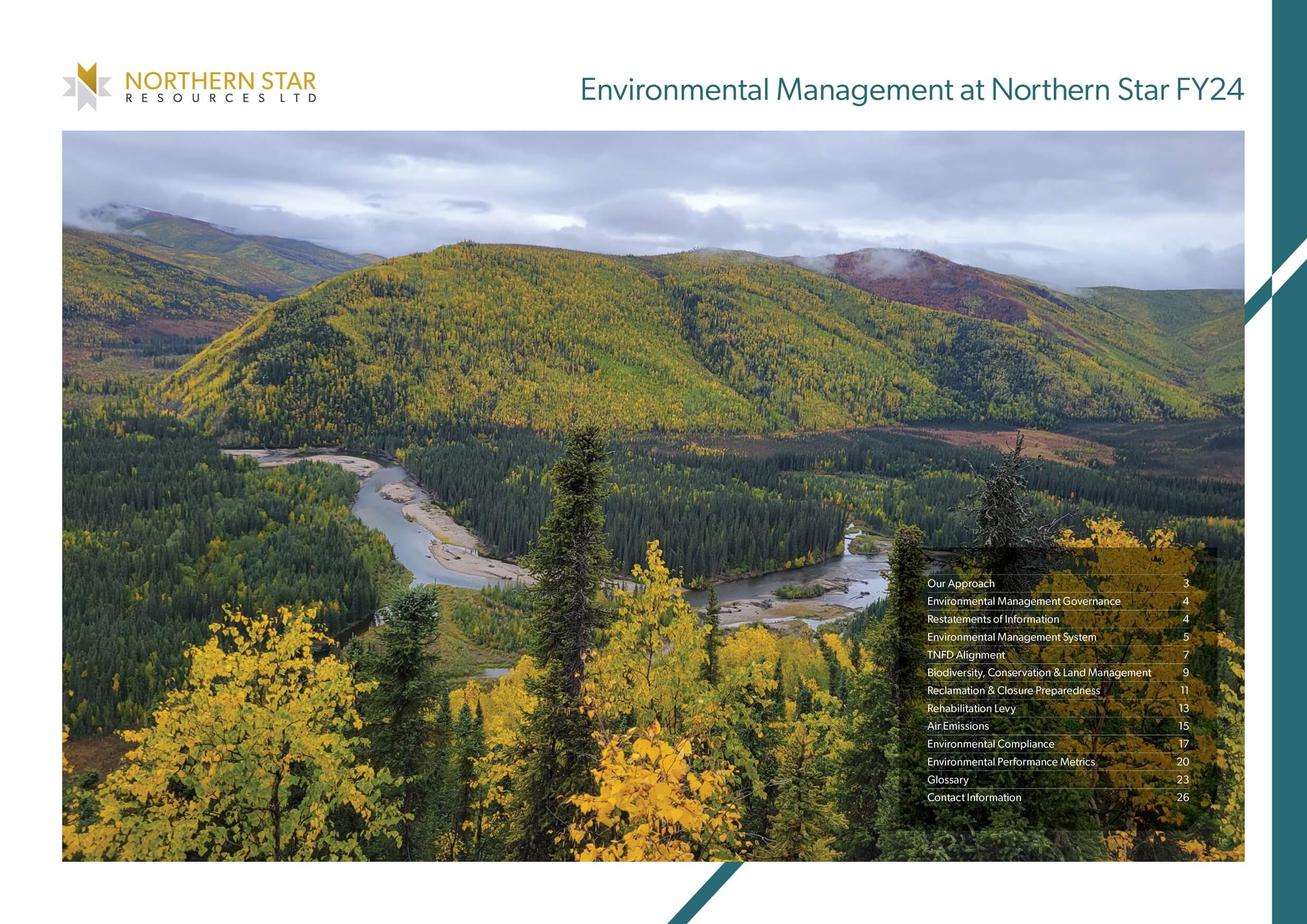Environmental Management

Northern Star values the diverse environments we operate in.
We work to ensure we have robust systems in place to identify and manage potential environmental impacts from our activities and regularly review whether these systems are achieving their purpose.
All our activities require regulatory approval, and we work to ensure compliance with all our legal obligations.
Our Environmental, Social & Safety (ESS) Committee and Board provide oversight on the management practices, capability and effectiveness of our environmental practices.
Environmental Management System
Northern Star has aligned our Environmental Management System (EMS) with ISO14001:2015 and applies the principles of continuous improvement.
Our EMS is aimed at ensuring we have a set of robust processes and practices that enable us to systematically manage and minimise any environmental impacts resulting from our operations.

Northern Star acknowledges our responsibility to manage and minimise consumption of all natural resources, including water.

Northern Star has aligned the management of tailings storage facilities with international requirements and complying with regulatory requirements.
View our FY24 Tailings Storage Summary.
